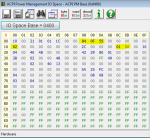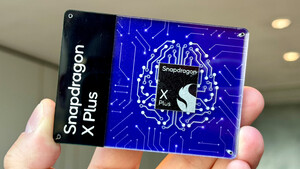Fehlermeldung
Commander
- Registriert
- Apr. 2010
- Beiträge
- 2.162
Hey 
Ich habe ein Clevo N150SD (z.B. XMG A505) und würde gerne verhindern, dass der Lüfter manchmal im Office anspringt. Ich habe noch nicht wirklich herausgefunden wie das jetzt genau funktioniert. Kannst du mir helfen eine Konfigurationsdatei zu erstellen?
Ich habe ein Clevo N150SD (z.B. XMG A505) und würde gerne verhindern, dass der Lüfter manchmal im Office anspringt. Ich habe noch nicht wirklich herausgefunden wie das jetzt genau funktioniert. Kannst du mir helfen eine Konfigurationsdatei zu erstellen?






